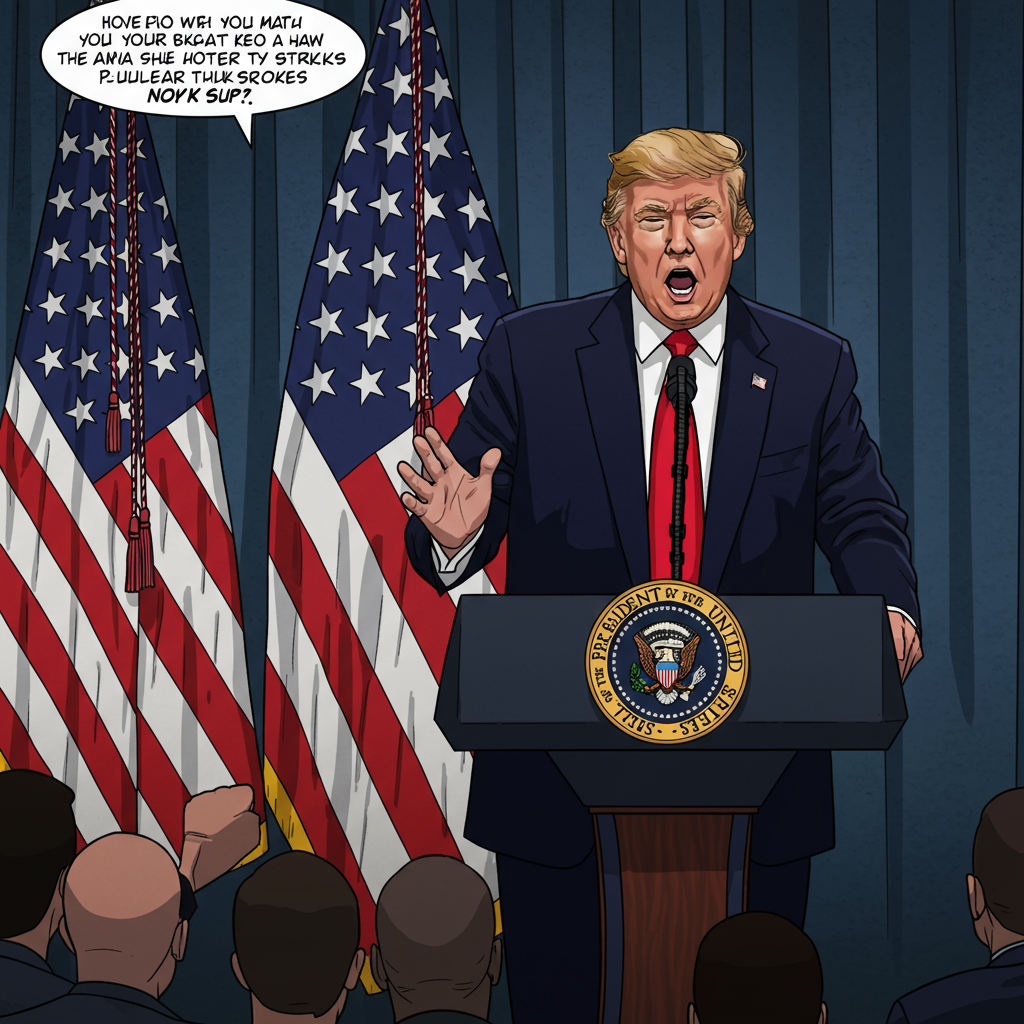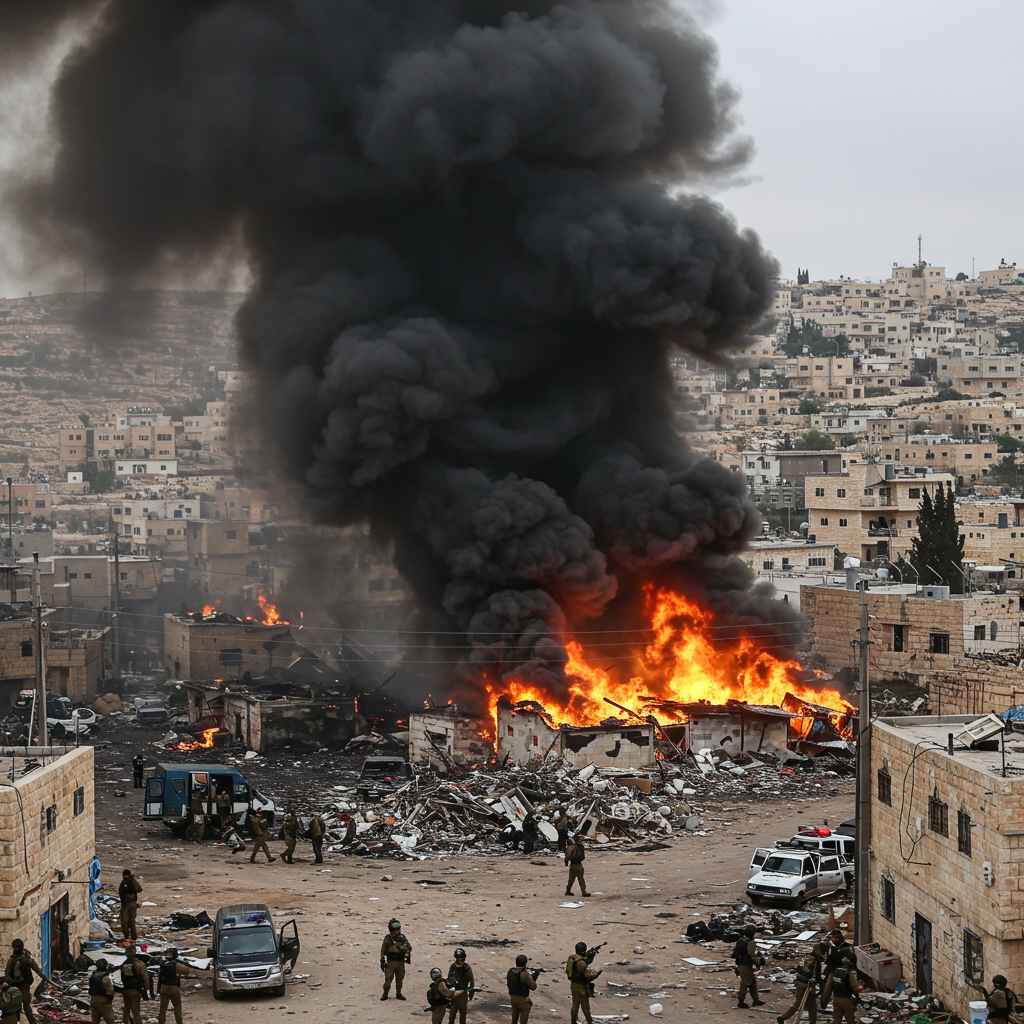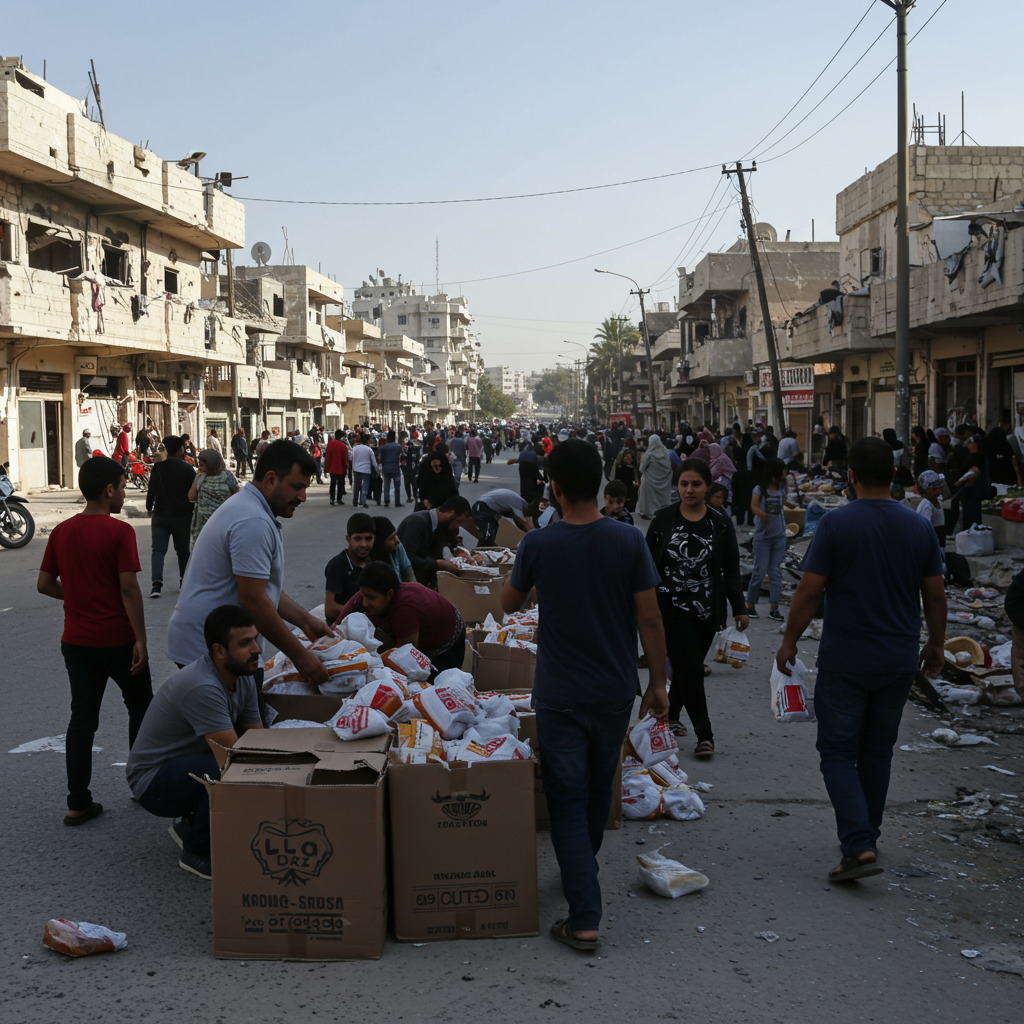The United States has launched military strikes against three key Iranian nuclear facilities, a significant escalation in the ongoing conflict between Israel and Iran. President Donald Trump announced the “successful attack” on Saturday, June 22, 2025, targeting sites at Fordo, Natanz, and Isfahan.
US Military Action and Justification
In posts on Truth Social and a subsequent address, President Trump stated the U.S. had “completed a successful attack” at the three locations. He claimed Iran’s key nuclear enrichment facilities were “completely and totally obliterated.” Details emerging from defense officials indicate the strikes involved bombs dropped by U.S. air forces, including B-2 stealth bombers capable of deploying GBU-57 “bunker buster” bombs designed for deep underground targets like the fortified Fordo facility. Additionally, 30 Tomahawk missiles were reportedly launched from U.S. Navy submarines.
Trump warned Iran against retaliation, stating any future attacks would be met with a response “far greater and a lot easier” to execute. He suggested the U.S. could take out other targets rapidly if “peace does not come quickly.” The President justified the strikes by blaming Iran for “thousands of deaths” and highlighting the role of deceased General Qassem Soleimani in past casualties, referencing Iran’s long-standing rhetoric and actions against the U.S. and Israel. He praised the U.S. military and credited cooperation with Israeli Prime Minister Benjamin Netanyahu for the operation, calling it unprecedented. Trump later described the strikes as a “great success” and indicated he hoped further military action would not be necessary, suggesting the strikes aimed to propel Iran back to negotiations.
Iran’s Reaction and International Fallout
Iranian Foreign Minister Abbas Araghchi vehemently condemned the U.S. attacks as a “grave violation” of the UN Charter, international law, and the Treaty on the Non-Proliferation of Nuclear Weapons (NPT). He stated Iran “reserves all options” to defend its sovereignty, interests, and people. Araghchi also accused the U.S. of being involved in Israel’s attacks “from day one” and potentially using previous diplomatic discussions as “cover” for the strikes. He expressed uncertainty about trusting the U.S. for diplomatic talks while Israeli attacks continued, stating Iran would not negotiate under duress.
The Atomic Energy Organization of Iran echoed the condemnation, calling the attacks a “blatant violation of international law” and accusing the International Atomic Energy Agency (IAEA) of “indifference.” They vowed not to halt their nuclear progress. Despite the strikes, Iranian state media reported that the targeted nuclear sites had been evacuated “some time ago” and claimed no off-site radiation had been observed, a report later corroborated by the IAEA, which stated “no increase in off-site radiation levels has been reported” near the bombed facilities as of Sunday.
The U.N. Secretary-General António Guterres expressed grave alarm at the U.S. use of force, calling it a “dangerous escalation” and a “direct threat to international peace and security.” He warned of the risk of the conflict spiraling “out of control” with catastrophic consequences and urged all parties to de-escalate and uphold international law. European ministers met with Iran’s Foreign Minister, urging a return to diplomacy, though no immediate breakthrough was announced. Russia’s President Vladimir Putin stated that neither Russia nor the IAEA had evidence Iran was preparing to acquire nuclear weapons, a point he claimed to have repeatedly shared with Israeli leadership. Turkey criticized Israel’s actions and urged dialogue. Yemen’s Houthi rebels declared they would target U.S. ships in the Red Sea if the U.S. attacked Iran.
Context of the Widening Conflict
The U.S. strikes occurred on the ninth day of a heightened conflict between Israel and Iran. The initial phase began with Israeli strikes reportedly aimed at preventing Iran from developing nuclear weapons and targeting military infrastructure, top commanders, and scientists. Israel claimed its strikes, including those on a centrifuge manufacturing workshop in Isfahan, had significantly delayed Iran’s nuclear potential and damaged its capabilities. Israel also reported killing several senior Iranian figures, including one allegedly responsible for financing Hamas and Saeed Izadi, a commander linked to weapons transfers.
Iran responded with missile and drone barrages into Israel. While Israeli defenses intercepted the majority, there were reports of impacts and casualties. According to Iran’s health ministry, Israeli strikes had killed at least 400 people in Iran (including 54 women and children) and injured 3,000. A Washington-based Iranian human rights group (HRANA) cited a higher toll of over 650 dead, including civilians. In Israel, official figures reported at least 24 deaths and hundreds wounded from Iranian retaliation. Following the U.S. action, Israel restricted civilian movements out of concern for further Iranian strikes and subsequently launched its own wave of strikes on missile launchers in western Iran that had targeted Israeli territory.
The conflict unfolds amidst the ongoing war in Gaza, which has also seen significant casualties and displacement. The State Department has begun assisting U.S. citizens wishing to leave Israel, organizing evacuation flights. Domestically, the U.S. strikes drew mixed reactions. While many Republican leaders supported Trump’s decision, some lawmakers from both parties questioned the legality and constitutionality of undertaking such military action without congressional authorization. Security was also heightened in major U.S. cities like New York out of an abundance of caution.




